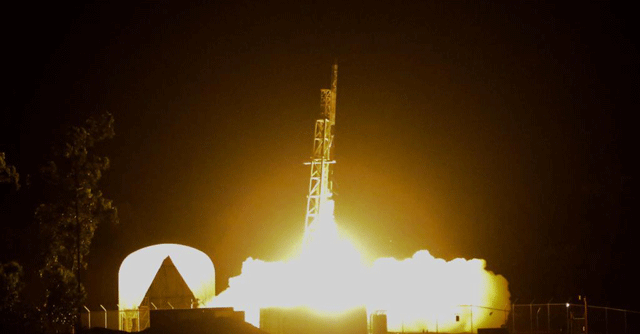
Nasa launches rocket from non-US commercial launch pad for the first time ever


The National Aeronautics and Space Administration (Nasa), USA’s central space agency, has launched a rocket from a commercially operated launch pad outside USA, for the first time ever. The launch, which carried a short-lived mission with a telescope to capture light data from a neighbouring star system, took place from the Arnhem Space Centre in Australia’s Northern Territory, and was operated by private commercial space company, Equatorial Launch Australia (ELA).
The launch marked the first space launch from Australia in over 25 years, and comes as part of an increasing range of space missions that are being operated privately around the world. The latest mission saw the use of a commercial launch pad, which ELA plans to lease out frequently to any space agency or private company around the world that requires a launch pad. With an increasing number of space missions being undertaken around the world today, such services are expected to grow in demand.
India, for instance, has three launch pads – the Vikram Sarabhai Space Centre in Kerala, Satish Dhawan Space Centre in Andhra Pradesh, and Dr Abdul Kalam Island in Odisha. Each of India’s launch pads are presently operated by India’s central space agency, the Indian Space Research Organisation (Isro). While the latter’s infrastructure was so far reserved only for usage in Isro-operated missions, the central government has set-up the Indian National Space Promotion and Authorization Centre (IN-SPACe) to collaborate with private companies in India and help them use Isro resources to progress their own, privately operated space missions.

A second entity, New Space India Limited (NSIL), has also been set-up as a public sector undertaking (PSU). The latter is tasked with winning international commercial contracts, which are to be executed by Isro and its partners. So far, NSIL’s focus has remained on getting satellite launch contracts, which are then deployed through Isro’s satellite launch vehicles.
However, India is yet to get a commercial space launch pad akin to the Arnhem Space Centre in Australia, from where Nasa’s latest mission launched. Such launch pads could help expand the scope of private space sector operations, since there are a limited number of launch pads around the world. Rocket launch pads are limited in number since they are not only expensive to build, but require strategic positioning to ensure that rockets can launch at maximum efficiency and reach orbits at the least possible fuel burn and shortest possible time.
The launch itself was a short-span one, with the rocket launched up to 350km above Earth in a sub-orbital mission. In its 15 minutes in space, the mission used telescopic cameras to capture and study x-ray light information from Alpha Centauri solar systems. This information will now be studied for further details on the workings of these solar systems, as mankind continues to work on identifying strains of life outside Earth. Two more similar missions are already planned, showcasing the scope that commercially operated launch pads have in today’s global space economy.

